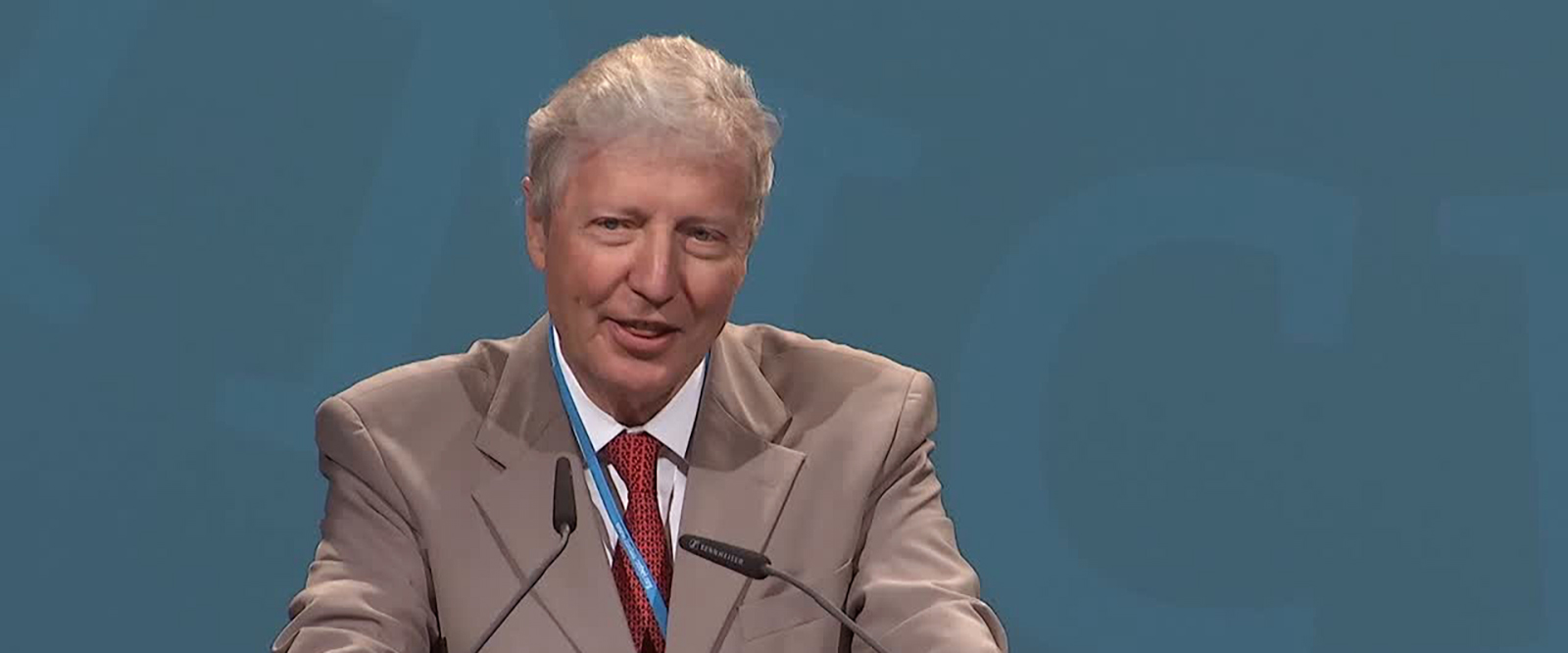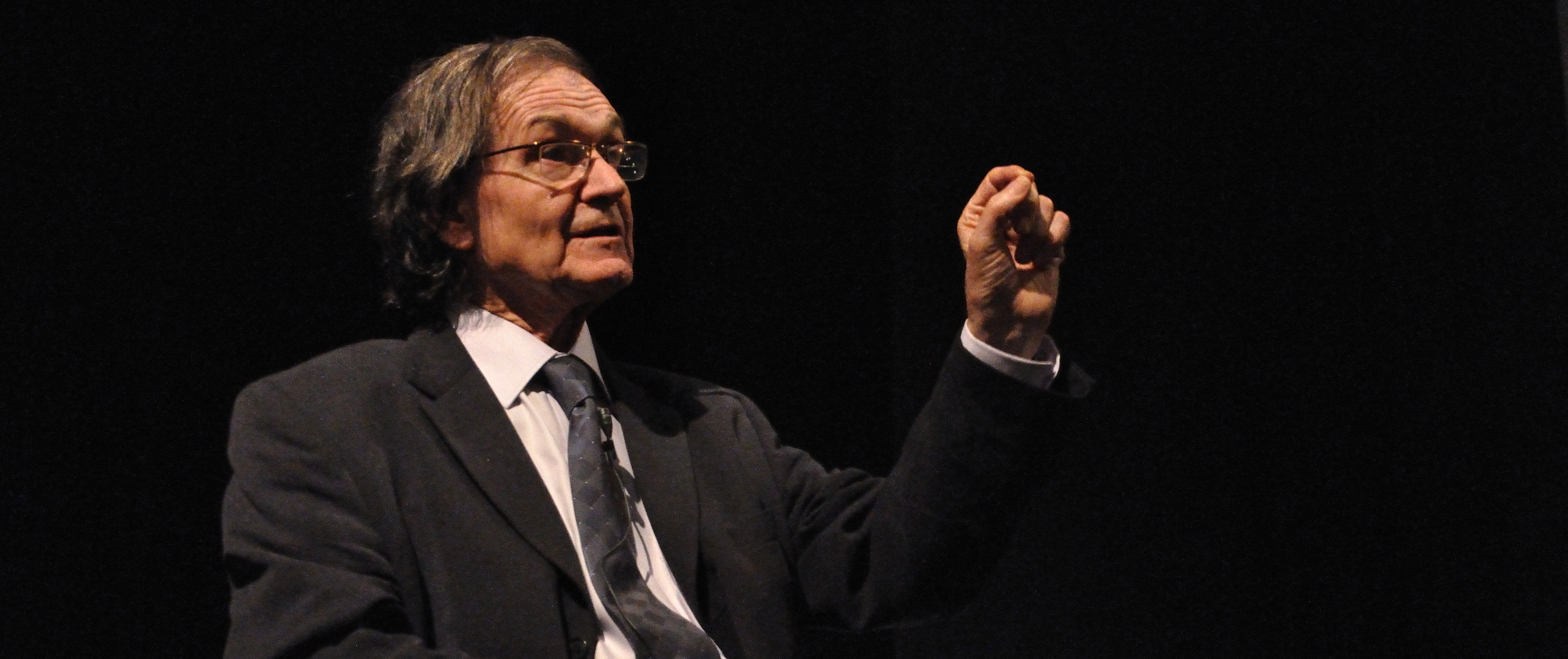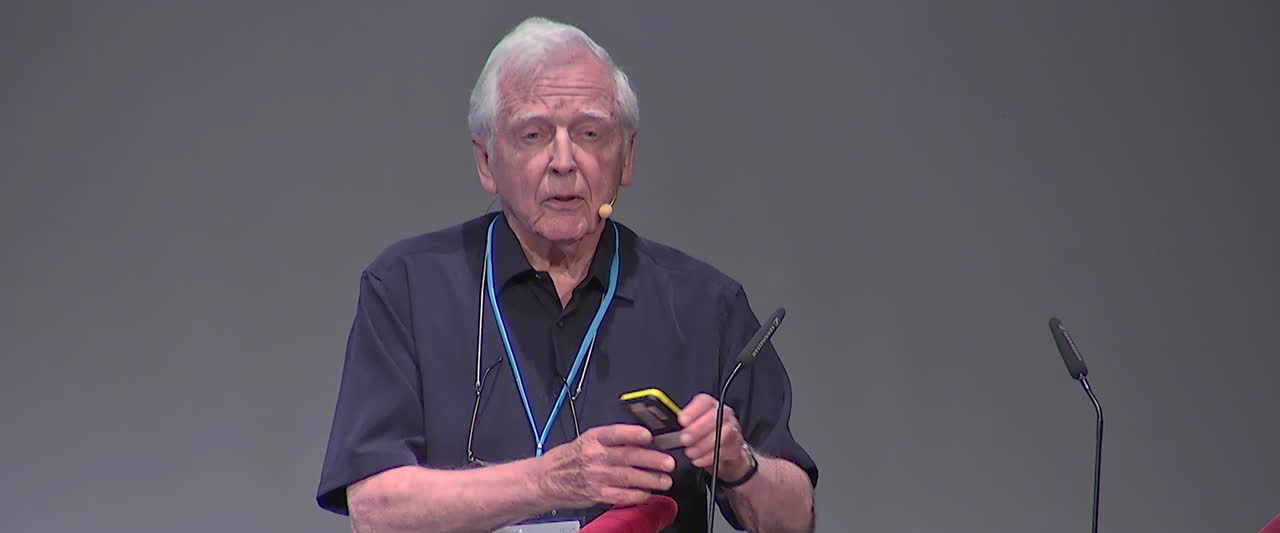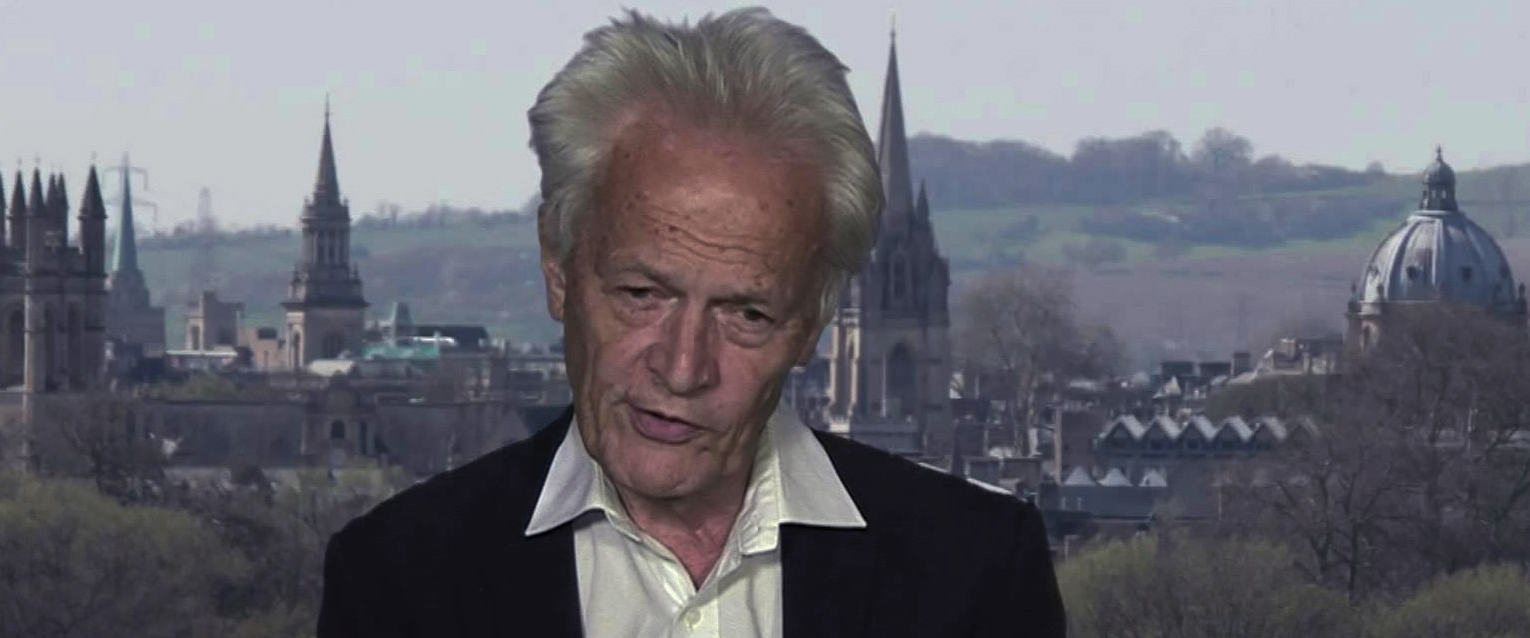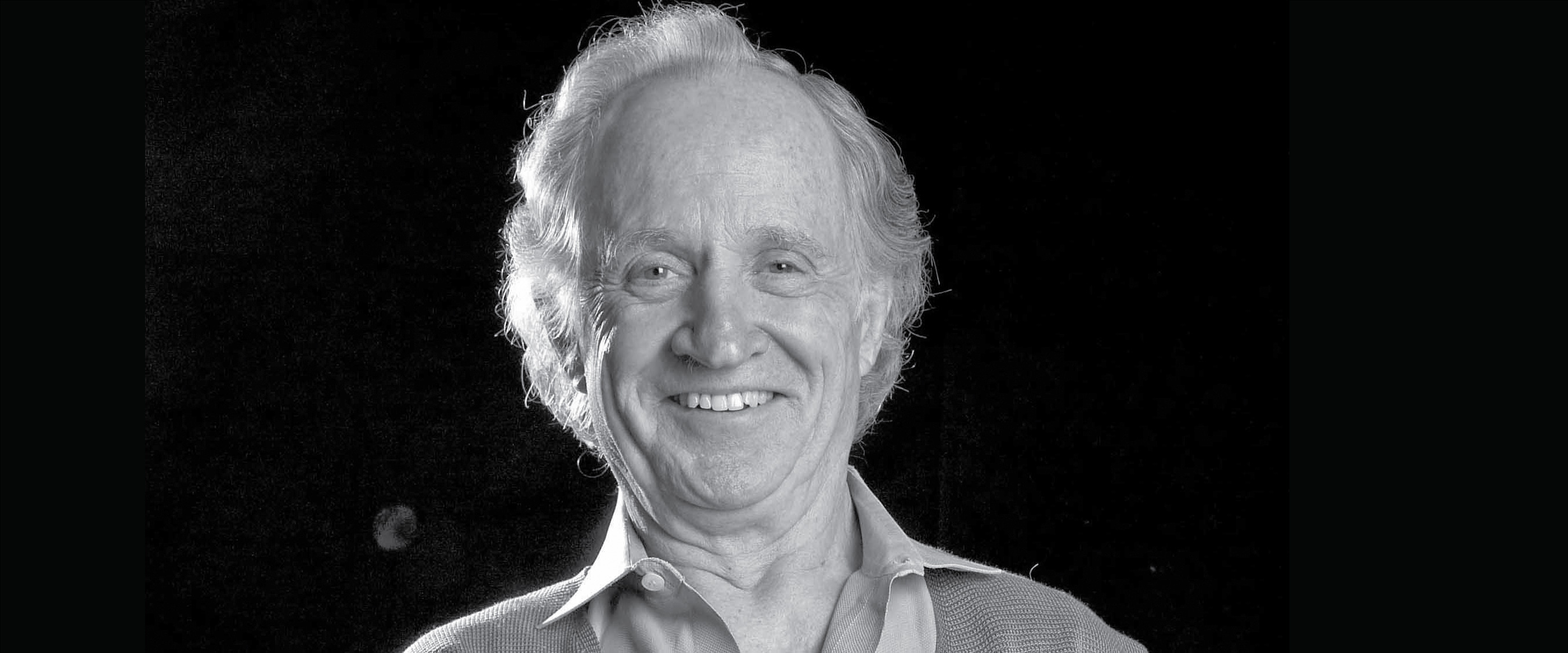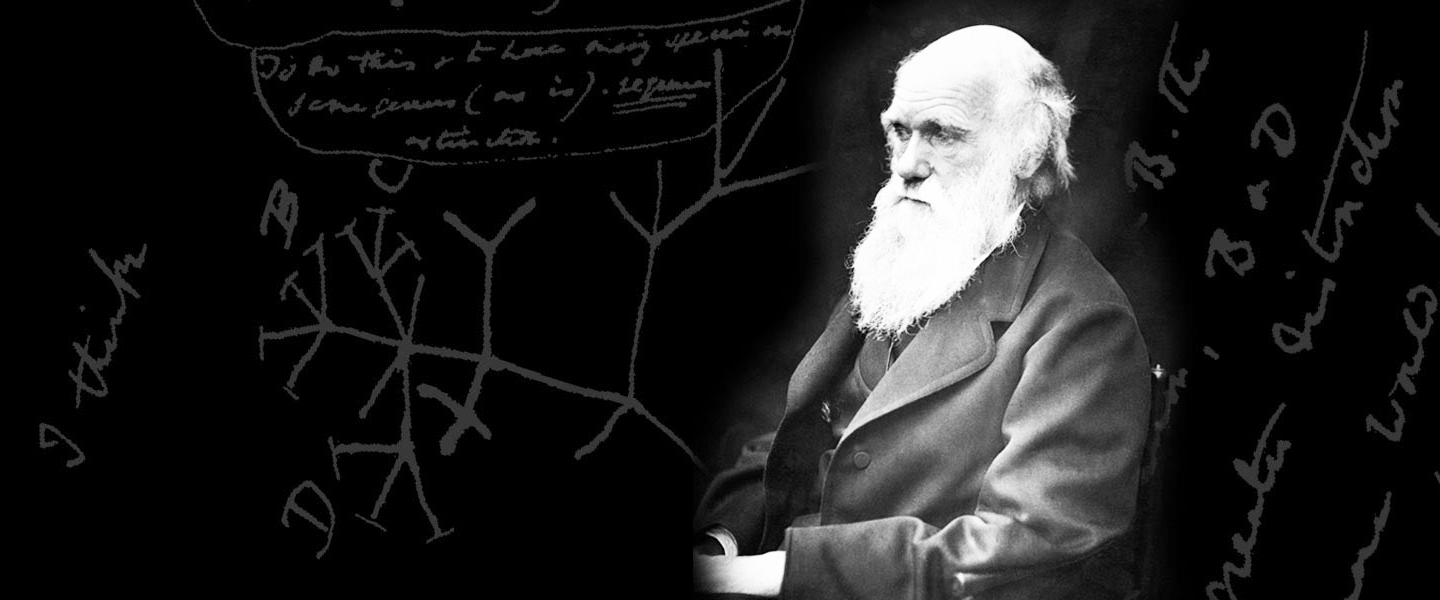31st March 2014.
I Wilmut, MRC Centre for Regenerative Medicine, University of Edinburgh.
The first Marco Fraccaro lecture will be given on the 31st of March 2014 by Ian Wilmut. The poster of the lecture can be downloaded here.
Extraordinary opportunities to study the molecular mechanisms that cause inherited diseases are being provided by new methods of producing stem cells. These techniques make it possible to produce cells from a patient that are equivalent to those early in their life. If the patient has an inherited disease then their cells may be compared with equivalent cells from a healthy donor in a search for differences associated with the disease and use this knowledge to devise tests to identify new drugs. In principle many inherited diseases may be studied in this way including motor neuron disease, schizophrenia, cancer and sudden heart failure. In addition, human cells in the laboratory may provide important new approaches to the testing of new drugs, increasing the efficiency of drug development and reducing the costs involved. The lecture will illustrate not only the potential value of these new methods, but also the manner in which their development was prompted by research to clone a sheep.
Marco Fraccaro (26 September 1926 - 2 April 2008) was a distinguished geneticist and Professor of Human Genetics at the University of Pavia for over thirty years. Born in Pavia, he attended the local Liceo Classico Ugo Foscolo with and the Medical School of the University of Pavia where he graduated in 1950. After a few years at the local Institute of Pathological Anatomy he moved to Lionel Penrose in the Galton Laboratory at UCL in 1954 with a fellowship from the British Council and, a year later, to Jan Book’s laboratory in Uppsala where he stayed until 1958 during which time he met his future wife Inga. In 1960, he moved to the newly formed MRC Population Genetics Research Unit in Oxford under Alan Stevenson where he continued his work on cytogenetics that he had initiated in Uppsala. He returned to Pavia in 1962 where he started a highly successful and productive laboratory with funding from NATO and EURATOM and where he took up the Chair of Human Genetics, which he held until 2001.
Throughout his research Marco Fraccaro focussed primarily on sex chromosome abnormalities, especially the genetic abnormalities responsible for abnormal physical and sexual development, but he contributed to several other areas of Genetics such as the distribution in the population of specific types of congenital malformations and the effect of radiation on chromosomes of cells. Marco Fraccaro was deeply attached to Pavia and Oxford and there was hardly a conversation in which he failed to mention the life and history of these two cities. His love for Oxford was also expressed in a small book of quotations (Oxford for strangers of all sorts) which he published in 1997. From 1971 until 2002 he was Master of Collegio Cairoli, one of the University Colleges at Pavia. He run the College informally and effectively and made Cairoli a place of learning and debate for students and staff. He also made it into a meeting point for modern visual arts by organising a successful series of exhibitions of modern artists that will enrich the College for years to come. Marco Fraccaro has been one of the defining personalities of the University of Pavia in the second half of the 20th century and the lecture aims to recognise his interests in Science and the Arts and his intellectual legacy.
Ian Wilmut, the first Marco Fraccaro lecturer, is a British embryologist who in February 1997 took the world by surprise when he announced that he had cloned the the sheep Dolly using DNA from an adult cell. Born in Hampton Lucey, near Warwick, in 1944, Ian Wilmut studied first at Nottingham and subsequently at Cambridge with Chris Porge. Following completion of his PhD at Cambridge, Wilmut was able to produce the first calf born from a frozen embryo and several years later, after he had joined the Roslin Institute in Scotland, he embarked in the research programme that eventually led in 1996 to the birth of Dolly, the first mammal clone to be generated. After Dolly, Wilmut continued with his cloning work and produce Molly and Polly, two genetically modified sheep clones that produced a valuable therapeutic protein in their milk, namely coagulation factor IX for the treatment of haemophilia, thus fulfilling the initial goals of the research programme on animal cloning of the Roslin Institute.
The cloning of the first mammal by I Wilmut raised a widespread and intense debate about the ethics of cloning and the fear that the technology could be utilised to clone human beings. Nearly two decades after the birth of Dolly, however, the fear about human cloning has receded and has left space to a constructive debate about the prospects that the technology offers for understanding of the origin of certain human diseases and their therapy. I Wilmut has been a towering figure throughout the remarkable developments that embryology has attained in the last decades: he has been responsible for the famous cloning breakthrough and has been responsible, less famously but just as importantly, for the changes to the UK 1990 Human Fertilisation and Embryology Act that underlie the current exploitation of cloning technology in Medicine.
